⚜️Artist and Author⚜️💮Multifandom💮🏳️🌈Genderfluid; they/them🏳️🌈
Don't wanna be here? Send us removal request.
Note
Hey!! I just wanted to say that I love all the cc that you've made and posted, and I keep on top of updates whenever I can!! I'm a huge fan of JJBA and seeing just how much you have makes me giddy with joy!! I wanted to ask- if it's not a secret, what plans do you have for future JJBA content?? (I'm still missing a handful of characters from my plethora and I'm just curious as to what the future holds~) If you see this and answer it, I would be so happy!! 😁😁

omg thank you that totally made my day 😭 I’ve got a ton of stuff planned, no promises on when it’ll come because I tend to create stuff based on what I’m currently obsessing over and that obsession changes 😂 buuut here’s a list of Jojo stuff I’m definitely going to make at some point: -the rest of La Squadra -Jotaro’s part 5 and part 6 outfits -Jolyne, Ermes, FF, Anasui, Rikiel, and Donatello from part 6 -Johnny, Gyro, Diego, Hot Pants, Lucy, and Sandman from Part 7 -Josuke, Jobin, Yasuho, Kira, Daiya, and Rai from Jojolion most of this has to be original meshes because models don’t exist. Even for the ones that do, I’d like to make them on my own anyway. I also want to redo the part 5 bois because they need it lol Basically, I want to make every character that’s been relevant lmao it’s a lot, but I *will* do it all some day (hopefully before ts5 lmao)
#ahhhh#they answered#i'm so happy#reblogging this for safe keeping#yes i'm the anon that asked#i'm glad it made their day#:33
38 notes
·
View notes
Text
if you're homophobic, transphobic, xenophobic, racist, antisemitic, sexist or likes to bully other
👏 UNFOLLOW 👏MY 👏 BLOG 👏 NOW!
574 notes
·
View notes
Text
Shane, Sebastian, Elliot. Love them so so much 💖
fuck ur zodiac sign i wanna know who’s ur husband/wife in stardew valley
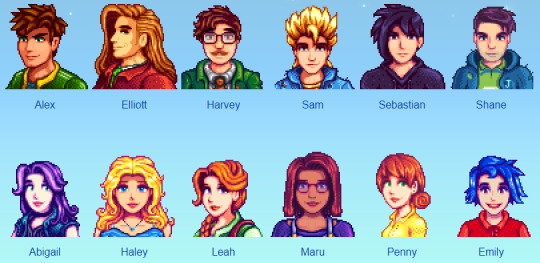
50K notes
·
View notes
Photo

A man painting the twin towers, 1980
1K notes
·
View notes
Text
I have … a tip.
If you’re writing something that involves an aspect of life that you have not experienced, you obviously have to do research on it. You have to find other examples of it in order to accurately incorporate it into your story realistically.
But don’t just look at professional write ups. Don’t stop at wikepedia or webMD. Look up first person accounts.
I wrote a fic once where a character has frequent seizures. Naturally, I was all over the wikipedia page for seizures, the related pages, other medical websites, etc.
But I also looked at Yahoo asks where people where asking more obscure questions, sometimes asked by people who were experiencing seizures, sometimes answered by people who have had seizures.
I looked to YouTube. Found a few individual videos of people detailing how their seizures usually played out. So found a few channels that were mostly dedicated to displaying the daily habits of someone who was epileptic.
I looked at blogs and articles written by people who have had seizures regularly for as long as they can remember. But I also read the frantic posts from people who were newly diagnosed or had only had one and were worried about another.
When I wrote that fic, I got a comment from someone saying that I had touched upon aspects of movement disorders that they had never seen portrayed in media and that they had found representation in my art that they just never had before. And I think it’s because of the details. The little things.
The wiki page for seizures tells you the technicalities of it all, the terminology. It tells you what can cause them and what the symptoms are. It tells you how to deal with them, how to prevent them.
But it doesn’t tell you how some people with seizures are wary of holding sharp objects or hot liquids. It doesn’t tell you how epileptics feel when they’ve just found out that they’re prone to fits. It doesn’t tell you how their friends and family react to the news.
This applies to any and all writing. And any and all subjects. Disabilities. Sexualities. Ethnicities. Cultures. Professions. Hobbies. Traumas. If you haven’t experienced something first hand, talk to people that have. Listen to people that have. Don’t stop at the scholarly sources. They don’t always have all that you need.
104K notes
·
View notes
Text
Words to replace said, except this actually helps
785K notes
·
View notes
Text
“Show, Don’t Tell!”: Using the Five Senses in Writing
This is an extended piece to my ‘Show, Don’t tell’ post. When writing the senses, I like to imagine the scene as if I were watching a movie. It’s the simplest way for me to picture and write when it comes to descriptions. You don’t want to overload the reader, but you do want to paint the picture instead of telling them. Staying aware of the five senses in your writing will dramatically improve your skill. It not only helps the reader be a part of the story but helps the writer set important scenes, without having to outright state what is happening. In this post, I will explain how I use the five senses in my writing. As always, my advice is subjective and only to show what I personally do. Whether you keep the senses in mind as you write, or you edit them in later, making sure you pay attention to keywords will help eliminate the stress of going back later to figure out what (maybe!) went wrong.
SEE: On Sight
One of the easiest ways to go about elaborating sight is to eliminate words related to vision (look, saw, gazed, peek, etc). It also helps to stay aware of items, colors, sizes, etc. Do the same thing you’d do with words related to sight, eliminate them. Of course, don’t erase every word or phrase, but being proactive, keeping them in mind, and avoiding them will help you avoid overloading your reader with too much purple prose. (Granted, I would die for purple prose, but I understand that’s not everyone’s thing).
Examples:
Jill saw Jack running. He carried a silver pail. He tripped and fell down the hill.
There are a lot of sight-words in this example. As the writer, it is your decision to choose what you want to elaborate on, whether it is one thing, or all of them. How much of the story you want to paint is up to you—
Jack’s feet blurred against the green grass as his toe caught his ankle. He rolled on his side, his silver pail flying into the air and reaching Jill first.
Jill craned her neck to find Jack staggering down the hill. Water sloshed from the sides of the bucket, swinging and glistening in the sunlight. He stumbled and grabbed for the handle with his second hand as the pail threatened to leave his grasp, and then he slipped, toppling down the hill.
In both of these scenarios, the reader can “see” that Jack is running and tripped without specifically stating that Jill saw it. They also “see” he had a silver pail and dropped it.
Being more visually descriptive is also very important for facial expressions. It takes a simple mood and elevates it. Describing the expression also gives the reader the chance to “feel” that way too, almost like a mimic, which helps them visualize and empathize with the character.
Example:
Maxine made a disgusted face.
Think of what a disgusted reaction looks like; usually, it involves frowning, pinching your nose, sticking out your tongue, etc. Sometimes, it can help to look in a mirror and write what you’re seeing, too.
Maxine flared her nostrils and stuck out her tongue.
In the latter example, the reader is able to infer that Maxine is disgusted by how the writer described her reaction.
HEAR: On Sound
Describing sound can be tricky. It’s also hard to remember when to use it. We tend to think of sound in terms of music or voices—okay, okay, sometimes we sprinkle in animals howling or the wind blowing, too!—but sound can be incredibly important in setting a scene and is often under-utilized. Sounds let the reader know their surroundings without pulling from what is going on and adds intensity!
Examples:
Manuel sat nervously at the coffee table.
Again, as the writer, you can decide where to incorporate the use of sound. Here are a couple of suggestions, based on the above example:
Manuel’s fingers drummed against the table and drowned out the low whistle escaping from between his teeth as he exhaled. All around him, there was cheerful chatter, through which the barista’s loud voice occasionally sliced.
Manuel’s thoughts whirred and hummed, a dull grinding and the clinking of glass broke through the constant thump of his knee against the underside of the table.
In both of these examples, the reader was able to gather that Manuel was nervous (tapping knee, drumming fingers, low whistle). They are also able to gather he is in a coffee shop (or a restaurant of sorts) without explicitly saying so.
TOUCH: On Sensation
The best way to handle touch is by imagining whatever it is you are describing and what it feels like. If you don’t know how something feels, google it. Don’t describe a snake as slimy just because its scales are shiny and gives it a slime-like effect. That said, touch doesn’t just deal with what your character is physically touching. It can also deal with emotions and help to express them without saying outright how your character feels.
Example:
Opal touched the silk blanket. She felt sleepy and closed her eyes.
Here we can elaborate on what the blanket feels like when Opal touches it and how she feels to indicate she is tired:
The supple fabric slid between Opal’s fingers like water. Her tired muscles sagged and sharp, tiny pinpricks pressed against her heavy eyelids as she lay back.
The reader knows the blanket was very soft and also that she is tired without specifically stating she was sleepy.
TASTE: On Flavor
Taste is a fun sense to mess with. It can show the reader so much more than how delicious the bread is (or how gross dirt is). I like to play around with taste in the weather/air, the taste of fear, the taste of cat hair in your mouth because there is always cat hair in your mouth… all right, maybe that’s a personal thing.
Example:
The sun rose over the city.
What do you use for taste here? A city can’t taste, the sun doesn’t taste, but your character does!
Yellow light spilled over the streets, soaking the grit from the rainbow puddles into the air. The bitter grease lingered and settled in his mouth, strengthening every time he scraped his teeth against his tongue.
Experiment with taste in your writing. Describe things you wouldn’t normally think to taste, like crude oil*. The internet is a good resource when it’s something you don’t want to try yourself, like crude oil**. Chances are, someone out there has already tried it and explained what it tastes like online.
SCENT: On Smell
Ahhh, smell. Smell lets the reader know so much: they can figure out where a character is, what they’re doing, where they are, etc., just from a few scent-related descriptors thrown around. Smell is also useful in triggering memories or past events.
Danny walked through the forest.
You can use so many of the five senses here! But since we’re focusing on scent, let’s zero in on that:
A crisp hint of pine lingered in the air and blended with the pungent decay of the brown needles underfoot.
Without stating anything about a forest, the reader has an idea of where Danny is. You can also use smell to show emotion!
Danny was in love.
How do you smell love, K? Well, you’ve got me there: you can’t. But as a writer, you can think of what love means to you and of things you associate with love, and work from there. Personally, I imagine it would have a sweet smell, maybe too sweet.
A rush of flowery sweetness filled his nostrils as the handsome young man walked by.
There you have it. Of course, there’s a lot more to writing the five senses, as there is with anything, but this is to give you a basic idea of what I do when I’m writing. Being proactive and keeping the senses in mind while writing can be tough and exhausting, but the more you do it, the easier it becomes. And you don’t leave it all for editing! Remember: the most important thing is to keep practicing.
Happy writing!
* Please do not taste crude oil. I can’t believe I have to type this, but some people want to eat Tide Pods, so here I am.
** Do not taste crude oil. You will die.
10K notes
·
View notes
Text
Reblog if you think Jerry Smith is a great character that deserves more love
51 notes
·
View notes
Photo
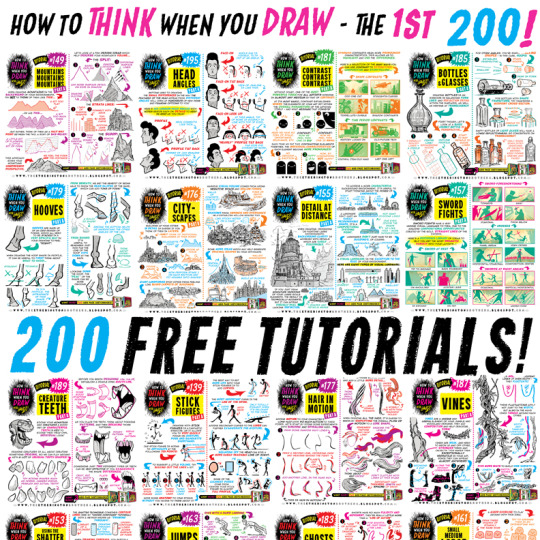
The ONLY WAY to combat the lack of funding in arts education is for professionals to take a few hours a week to share their skills for FREE, to empower and encourage the next generation of artists. THIS IS WHAT THE INTERNET IS FOR. Here’s 200 tutorials:
How to draw ANGRY EXPRESSIONS How to draw BATTLE DAMAGE How to draw BIRD HEADS How to draw BOOKS How to draw BOTTLES and GLASSES How to draw BOXES How to draw BREAKING GLASS How to draw BRICKWORK How to draw CABLES and WIRES How to draw CAR CHASES How to draw CATERPILLAR TRACKS How to draw CAVES How to draw CHARACTERS (3-SHAPES) How to draw CHARACTERS (FLIPPED-SHAPES) How to draw CHARACTER SHAPES How to draw CITYSCAPES How to draw COMIC COVERS How to draw COMPOSITION How to draw CONTRAST How to draw CONVERSATIONS How to draw CREATURE TEETH How to draw CROSS-CONTOURS How to draw DETAIL AT DISTANCE How to draw EARS How to draw FABRIC How to draw FEET & SHOES How to draw FEMALE HANDS PART ONE How to draw FEMALE HANDS PART TWO How to draw FLAGS How to draw FOOD TRUCKS How to draw FOREGROUND MIDGROUND BACKGROUND How to draw GAME BUILDINGS How to draw GEMS and CRYSTALS How to draw GHOSTS How to draw GIRL’S HAIR How to draw GOLD How to draw GRASS How to draw HAIR (1940s styles) How to draw HAIR IN MOTION How to draw HAPPY EXPRESSIONS How to draw HEAD ANGLES How to draw HOOVES How to draw HORNS How to draw HORSE HEADS How to draw IMPACT DEBRIS How to draw IN 3D How to draw INTEGRATING LOGOS How to draw INTERIOR BASICS How to draw IN-WORLD TYPOGRAPHY How to draw JUMPS How to draw JUNGLE PLANT CLUSTERS How to draw JUNK HOUSES How to draw LAMP POSTS How to draw LAVA How to draw LIGHTNING and ELECTRICITY How to draw MECHANICAL DETAILS How to draw MUSHROOMS and FUNGUS How to draw MONSTER HEADS How to draw MONSTER TENTACLES How to draw MONSTER TRUCKS How to draw MOUNTAINS How to draw NEGATIVE SPACE How to draw NEWSPAPERS How to draw NOSES How to draw OVERGROWN VEGETATION How to draw PEBBLES AND GRAVEL How to draw PERSPECTIVE BOXES How to draw PIGS How to draw PILLOWS and CUSHIONS How to draw POD HOUSES How to draw POURING LIQUID How to draw ROBOT ARMS How to draw ROCK FORMATIONS How to draw RUNNING FIGURES How to draw SAND How to draw SAUSAGE DOGS How to draw SEA WEED How to draw SHADOW COMPOSITION How to draw SHOULDER ARMOUR How to draw SIEGE WEAPONS How to draw SILHOUETTE THUMBNAILS How to draw SMALL FLAMES How to draw SMALL, MEDIUM, LARGE How to draw SMOKE EFFECTS How to draw SNOW How to draw SPACE BIKES How to draw SQUIRRELS How to draw STICK FIGURES How to draw SWORD FIGHTS How to draw THE HORIZON How to draw TIKI STATUES How to draw TREASURE CHESTS How to draw TREE BARK How to draw TREE ROOTS How to draw USING THE SHATTER TECHNIQUE How to draw VEHICLE STANCE How to draw VINES How to draw VINTAGE PLANES How to draw WATER How to draw WOODEN HOUSES
8K notes
·
View notes
Photo

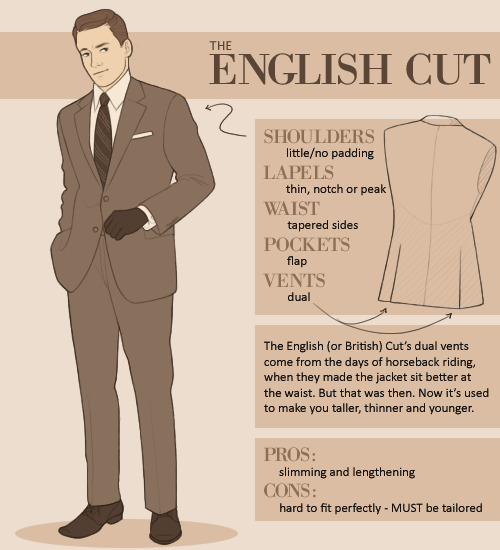
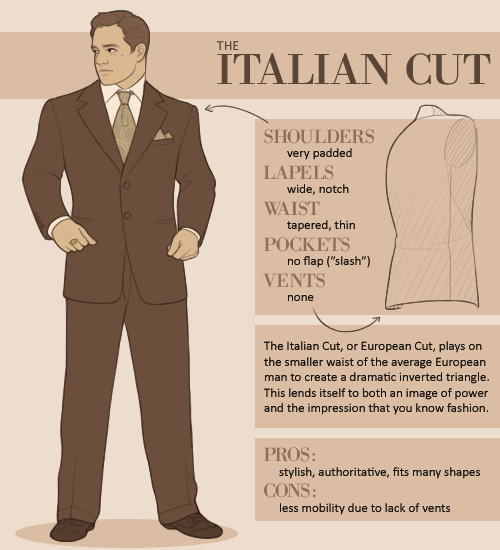
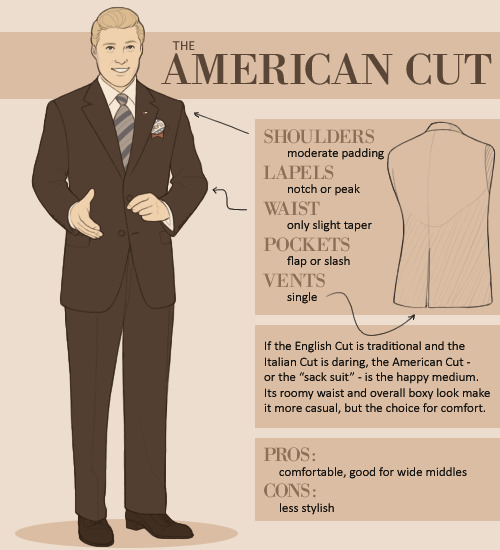
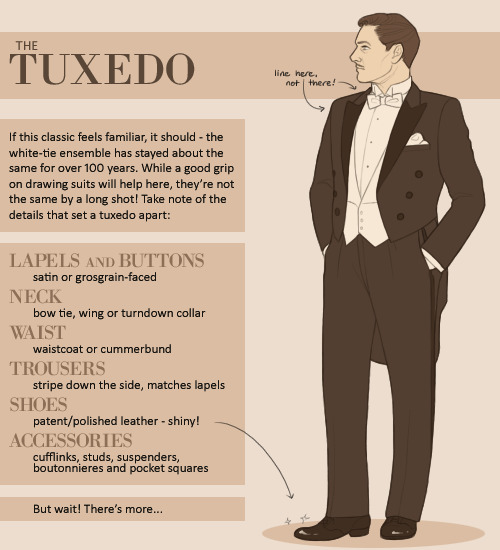
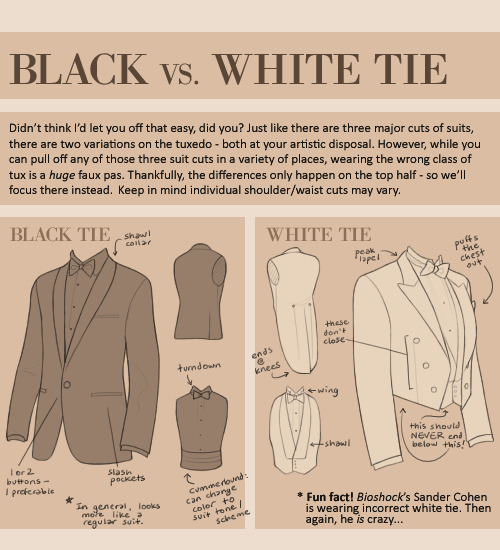

A nice place to start. (via http://nihilnovisubsole.tumblr.com)
374K notes
·
View notes
Photo

Anato Finnstark [Artstation]
2K notes
·
View notes
Photo


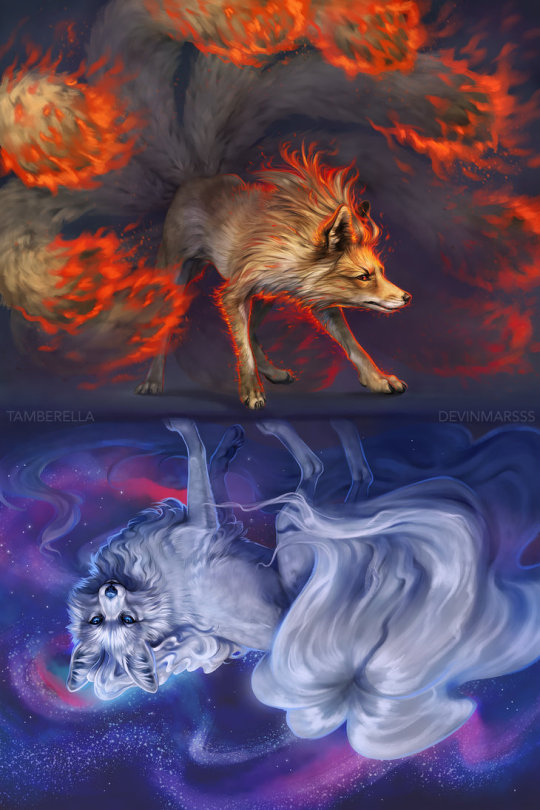
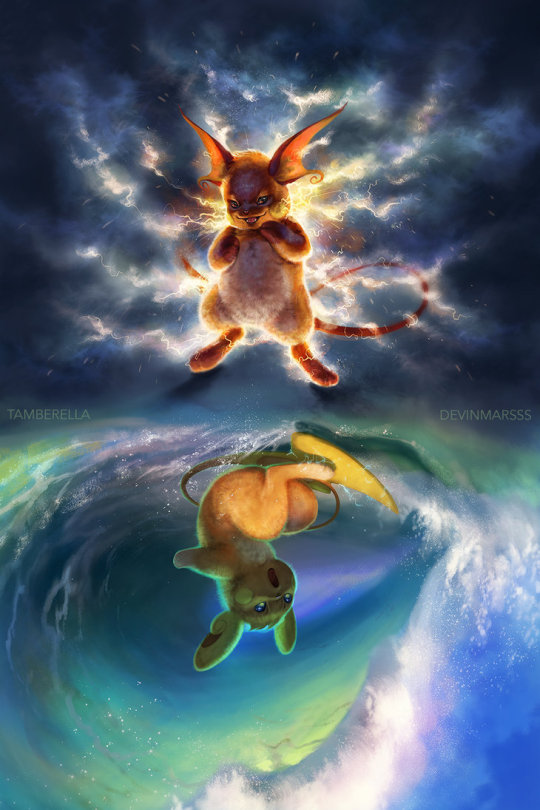


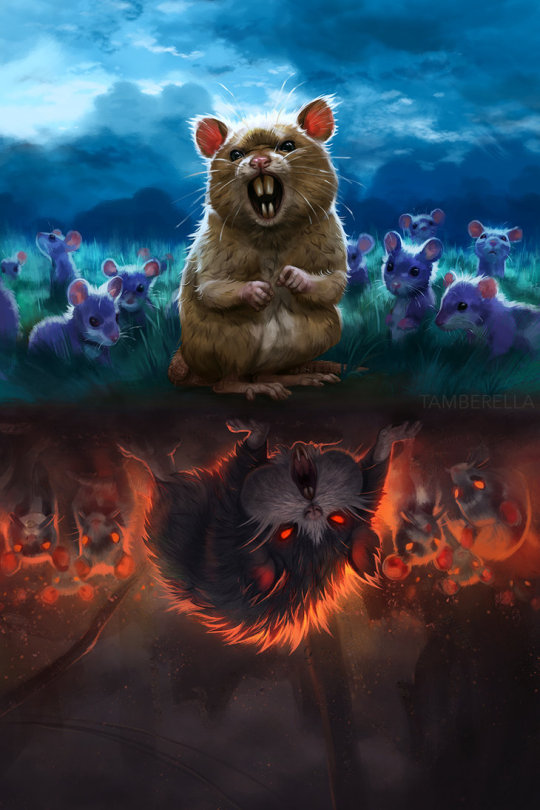

Beautiful and scary; that’s so Pokemon.
Alolan Mirrored Series, by Devin Kirtz.
186K notes
·
View notes
Text







Had a lot of ideas for Jerry userboxes. Cause why not?
97 notes
·
View notes
Photo
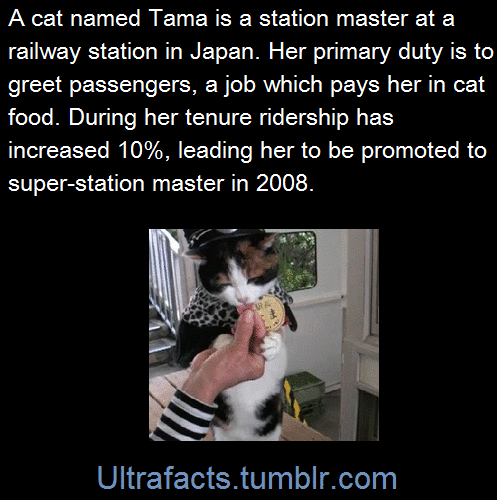
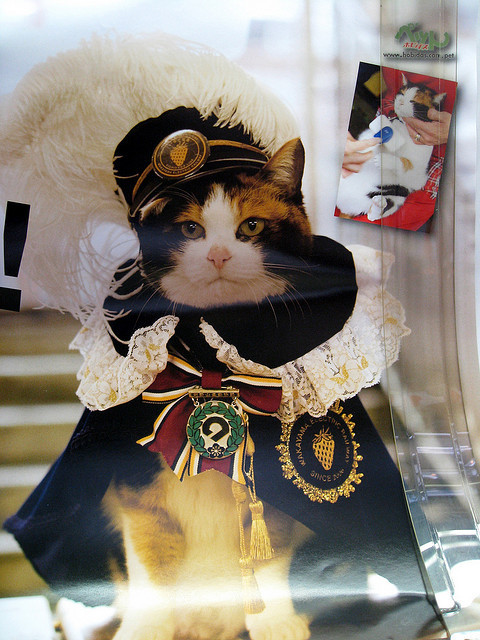
Source
Video of Tama
Follow Ultrafacts for more facts
1M notes
·
View notes
Text
Skills Writing Fanfiction Teaches You
I’m sick of seeing fanfiction treated like an inferior form of writing, so here are some valuable skills writing it can teach you.
Capturing a character’s essence. Nailing a character’s portrayal is tough to begin with, but accurately portraying someone else’s characters is even harder. Mastering someone else’s characters is a great way to learn how to keep your own characters consistent and shape their personalities believably.
How to write something you’ll enjoy and feel passionate about. What better way to start doing that than to write about characters you already know and have grown to care about. Thinking about the kinds of stories you’d tell with other people’s characters will help you figure out the types of characters and tropes that appeal to you.
Critically evaluating causal relationships. One simple change to canon can make a big difference. Exploring how changes to the plot affect characters is a great way to practice looking at the big picture and considering multiple paths for your plots to take.
Taking inspiration from existing settings. Having an existing setting ready to write about (if you choose to stick to a setting from canon) lessens the burden of world building and thereby encourages deeper thinking about the finer details instead of larger elements. Things the creator didn’t have the time or desire to address are yours to play around with. This will help you get a sense for things that feel like they fit well with the established setting. It will also encourage you to look to real world settings for inspiration too such as cities in other countries. Once you’re more comfortable exploring fictional settings, you’ll be more keen to dive into real ones too.
Letting your imagination run wild. You might initially think working with a set cast of characters and/or world might restrict your creativity, but, much like restrictions in original writing such as rules about what magic can’t do, these restrictions encourage creativity. The characters and/or setting may belong to someone else, but your take on them is your own.
How to handle criticism. Commenters can be very nitpick when it comes to franchises they love. As you receive feedback, you will learn what kinds of feedback are useful and which you can disregard. You’ll also learn how to deal with critics and network diplomatically. PR is important for published authors, so getting some practice with fanfiction commenters is a useful learning experience.
How to research. Double checking details about characters backstories or details about the setting isn’t that different from researching real world things.
Basically any other skill you can hone by writing original fiction. Practice makes perfect. The key to improving your writing is to write whether that means writing fanfiction or completely original works. Neither original fiction nor fanfiction is incapable of teaching you a wide range of things about topics you might not have cared about beforehand.
2K notes
·
View notes
Text
things people do in real world dialogue:
• laugh at their own jokes
• don’t finish/say complete sentences
• interrupt a line of thought with a sudden new one
• say ‘uh’ between words when unsure
• accidentally blend multiple words together, and may start the sentence over again
• repeat filler words such as ‘like’ ‘literally’ ‘really’ ‘anyways’ and ‘i think’
• begin and/or end sentences with phrases such as ‘eh’ and ‘you know’, and may make those phrases into question form to get another’s input
• repeat words/phrases when in an excited state
• words fizzle out upon realizing no one is listening
• repeat themselves when others don’t understand what they’re saying, as well as to get their point across
• reply nonverbally such as hand gestures, facial expressions, random noises, movement, and even silence
190K notes
·
View notes
Text









Meet Asterix, my seahorse oc!! I drew these quite a while back, but coloured them recently, I’m very proud. I used markers, and I think it turned out well!! I’ve had Asterix for two years and some now, and I’m so glad to bring him back as a character. I’ll give you a short bio on him:
Asterix
-19 years old
-Enjoys seaweed snacks
-Self-conscious about weight and body type
-Concieved once, it was a miscarriage
-Gets picked on by others
-Prefers to be alone
-Indentifies entirely as male
-Pansexual
-Likes anime
That’s my boy!! I’ll be sure to keep updates on his character as they come. Also-!! I coloured these to commemorate the beginning of Spring!! Happy Spring, everyone!!
[Edit: I forgot to crop these, oops. Sorry for the double up of pictures!!]
#orignal character#my oc#skellie does the arts#seahorse character#mpreg mention#happy spring!!#spring has sprung everyone~#hope you enjoy!!#I love this boi
3 notes
·
View notes